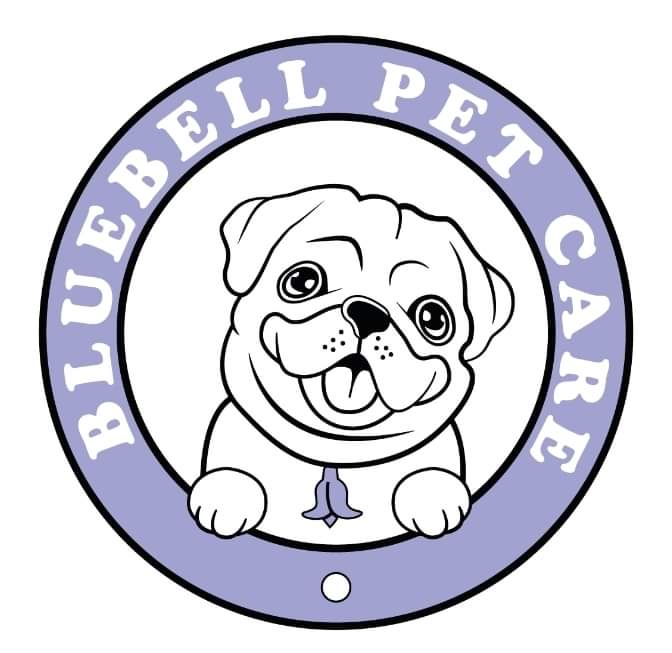Is My Pet in Pain?
- Aubrey Oiller

- Aug 27
- 2 min read
Updated: Sep 2

One of the hardest things for pet owners/carers is knowing when something isn’t quite right. Our pets can’t tell us when they are uncomfortable, so it’s important to learn how to recognise the signs of pain. Whether you share your home with your dog or a cat, or are caring for a client's pet, spotting the early signs of discomfort is essential.
How to Spot Pain in Your Pet
Pain in pets doesn’t always look like pain in people. Sometimes the signs are very subtle, which is why they can be easily missed. Common signs include changes in behaviour such as becoming quieter, yelping when touched, hiding away, or being more irritable than usual. You might also notice physical signs like limping, stiffness after exercise, reluctance to jump or climb stairs, panting when not hot or changes in eating and grooming habits.
Dogs may start to lag behind on walks, hesitate before getting into the car, or stop wanting to play as much. Cats may sleep more, avoid being touched, or stop using the litter tray if it’s difficult to climb into. Even small changes can be a clue that something isn’t right.

What You Can Do if You Think Your Pet is in Pain
If you suspect your pet is in pain, the first step is to seek advice from your vet. They will be able to carry out an examination, rule out underlying conditions, and recommend the best treatment. In some cases, medication may be needed. In others, supportive therapies such as physiotherapy, massage, hydrotherapy, or lifestyle changes can make a big difference.
As a pet owner, you can also support your dog or cat by making small adjustments at home. This might include providing a soft, supportive bed, helping them with ramps if stairs are difficult, or adapting exercise to suit their current needs. My elderly pug has a pram! So when she gets tired, she can have a little ride around still getting enrichment and enjoying extended outdoor time. Regular check-ups, an appropriate diet, and monitoring their behaviour are all part of keeping them comfortable and healthy.
Why Early Action Matters
The sooner pain is identified and addressed, the better the outcome for your pet. Left untreated, discomfort can lead to reduced mobility, loss of muscle, and even changes in behaviour. Do not assume changes in behaviour is them just ''getting older'' or ''being cheeky''.... They're trying to tell you something! By understanding how to recognise the signs, you can act quickly and ensure your pet gets the help they need.
Learn More & Be In The Know!
At Bluebell Pet Care, we’re passionate about helping owners and business owners understand their pets’ and clients' needs. That’s why we offer courses designed to give you the knowledge and confidence to recognise pain, support recovery, and improve quality of life. Want to know more about pet health and how to spot pain? Head on over to Hoof & Paws to learn more!
If you’d like to learn more about how to spot the signs of pain in pets and what you can do to help, visit bluebellpetcare.com and explore our courses today.





Comments